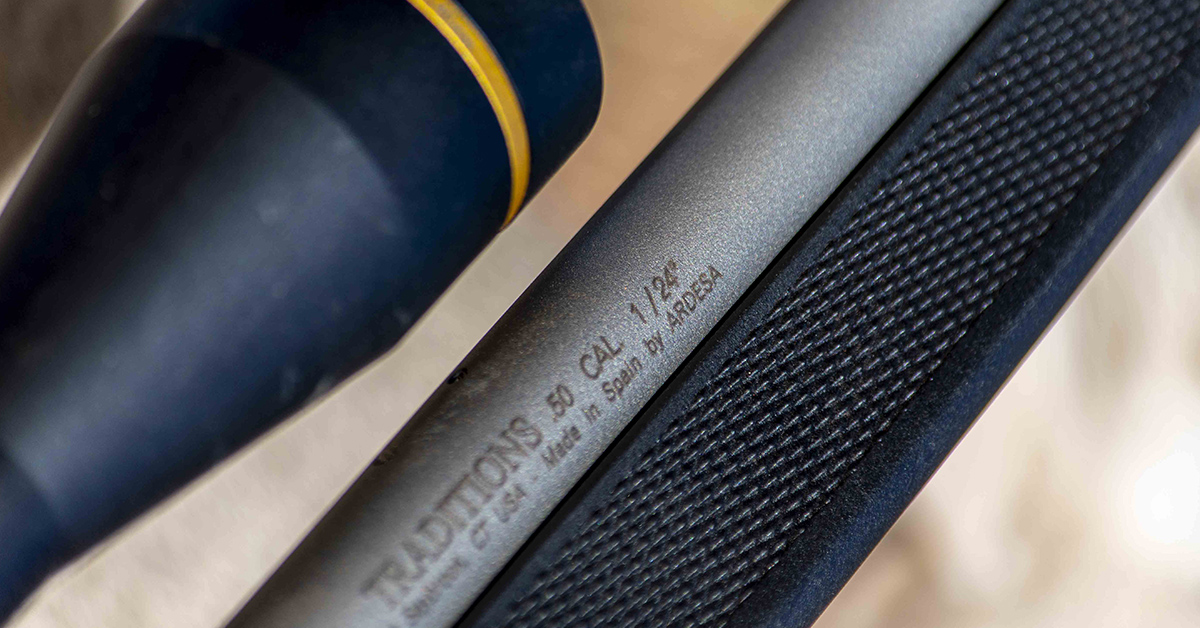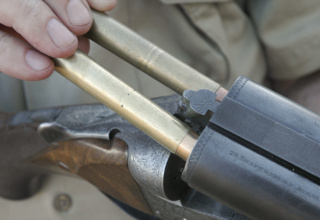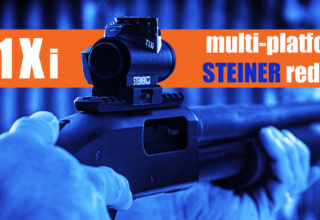Does your muzzleloader pattern more like a shotgun than a rifle? The key to consistent point-of-impact performance takes a lesson from the centerfire rifle world.
by Rob Reaser
Experienced shooters—especially handloaders—understand the variables that contribute to firearm accuracy are legion. Something as simple as a change in primer manufacturer can spell the difference between excessive group sizes and shooting tight knots. Seasoned centerfire rifle and pistol shooters understand this, but far too many folks who take up the muzzleloader fail to realize that the same concepts that contribute to improved centerfire accuracy also apply equally to the muzzleloader. This is particularly on point when we talk about muzzleloader bullet weight.
Bullet weight and rifle twist rate are inexorably linked because the rate of twist is the determining factor in bullet stabilization, and a stable bullet in flight is essential for accuracy.
Recently, Traditions Firearms introduced a faster 1:24 barrel twist rate option (compared to the standard 1:28 twist) into the company’s Vortek StrikerFire and Pursuit XT models. The idea was that the 1:24 twist provides a happy middle ground of spin for a broader range of bullet weights than the slower 1:28 twist. As a result, it’s easier for muzzleloader shooters to experiment with a wider selection of bullet weights and designs, along with powder charges and primers, to find the most accurate combination.
We spent some time with Tom Hall, President and CEO of Traditions Firearms, on a muzzleloader hunt in western Oklahoma, and took time from chasing whitetails to discuss the new 1:24 twist rifles and how load development is critical for maximizing the accuracy potential of hunting muzzleloaders. Check it out…

















